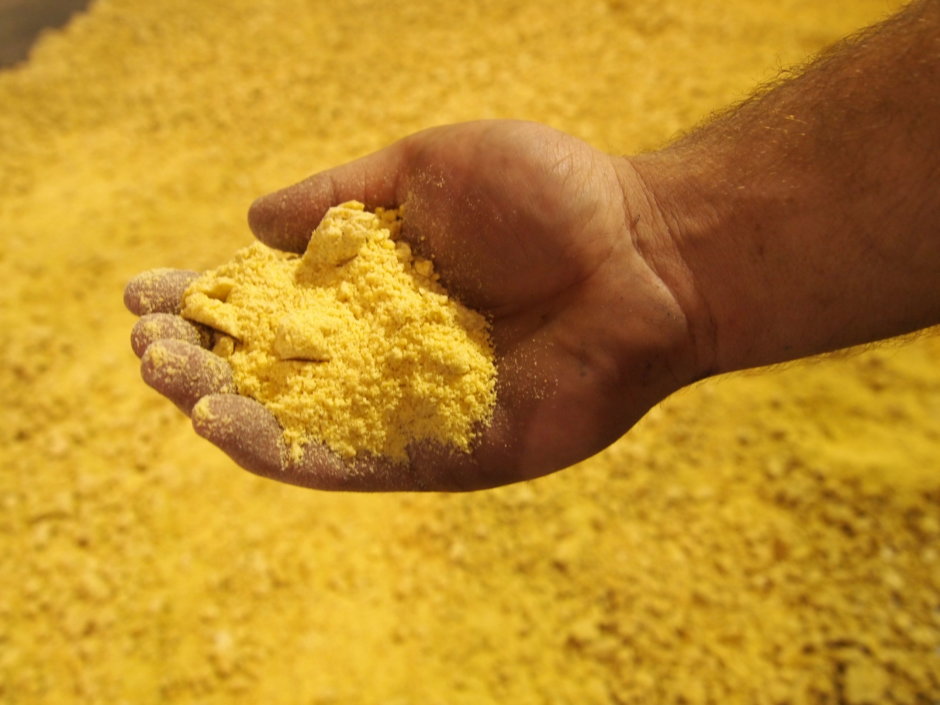PROTEIN FUNCTIONALITY: WHAT DOES IT MEAN, AND DOES IT MATTER?

How functional are your proteins? How do you know? Does it matter for what you’re doing?
These are questions we get asked from time to time, and while there can be no black and white answer, it’s good to understand what all this means. Depending on your application, knowing what to ask is perhaps most important.
Protein functionality is classically and practically visualized with raw meat. When you make meat balls with raw meat, the balls stay together. What this shows quite clearly is that raw or native-state proteins are highly functional – the proteins interact with one another (and other components) and physically stick together. If you understand the chemical structure of proteins, this make sense.
Compare this to what happens with cooked meat. Heated meat no longer retains the ability to form shapes and stick together – when it breaks, it can’t be repaired. The proteins are now less functional. How much less depends on the temperature/time combination that the meat was subjected to. So, this get us to the next part – how do you measure protein functionality?
Often, a protein dispersibility index (PDI) test is used to measure how functional proteins are. The higher the percentage, the more functional the proteins. Having the right PDI for a particular application will assist you in providing protein-rich ingredients or products to the marketplace.
So, when do you want a higher PDI? It depends on what you’re doing. For example, when looking to produce texturized protein ingredients, which serve to extend or take the place of meat, a flour should contain proteins with some functionality remaining. When we take soy flour and extrude it to create textured soy protein, the PDI’s in the flours typically range from 25-50%.
When would you want a lower PDI? This is when an ingredient is primarily or only being used to supply protein in a diet, often a low PDI is required. Another example with soy – raw soybeans require thorough heat processing to maximize feeding value in a diet, and when appropriate techniques, like high-shear dry extrusion, are used, the resulting PDI of the meal can (and should) be 15% or lower. In this case, protein functionality can be low because the soy ingredient is being used to supply amino acids, not to be converted into a texturized product.
So, speak with us about your application, and we can help you achieve your end goals by getting the right protein functionality (as measured by PDI) in your ingredients.

